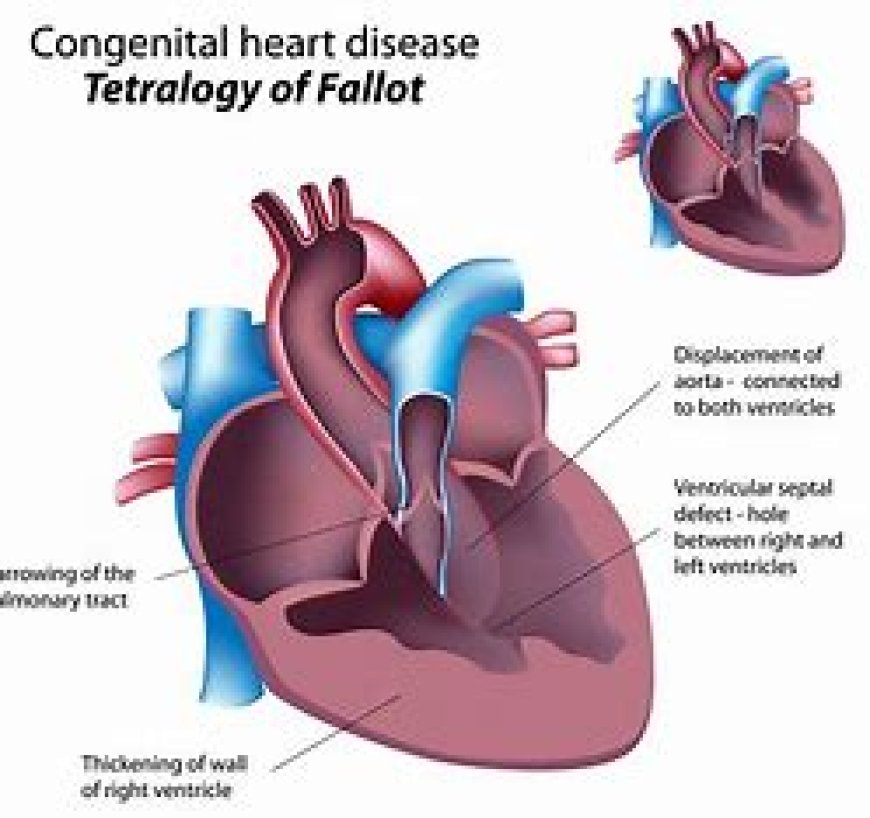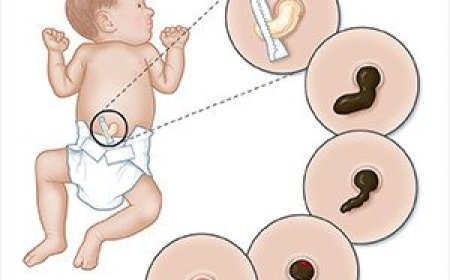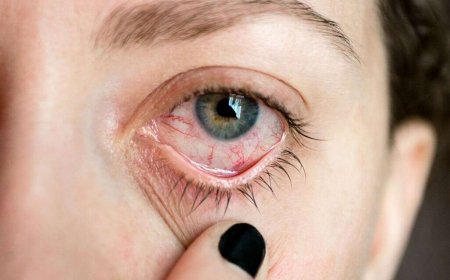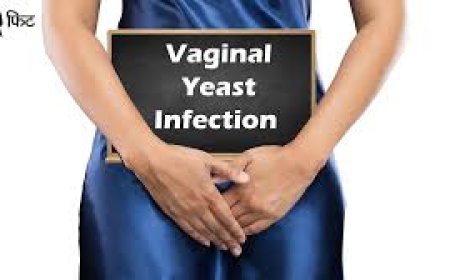Fallot's Tetralogy

Introduction:
Our hearts are like superheroes, pumping blood to our entire body. But sometimes, they can have a little problem. In India, some kids might be born with a condition called "Fallot's Tetralogy." Let's learn what it is, why it happens, and how doctors help fix it.
Signs and Symptoms:
Kids with Fallot's Tetralogy might feel tired easily, especially when playing or running around. They might also have blue or purple lips and skin, which is a bit unusual. Imagine if your lips turned the color of blueberries - that's how it can look.
What Is Fallot's Tetralogy?
Fallot's Tetralogy is like a puzzle in the heart. Normally, the heart has four chambers that work together, but with this condition, some parts don't fit quite right. This makes it harder for the heart to pump blood properly.
Classifying Fallot's Tetralogy:
Fallot's Tetralogy is a special kind of heart problem, called a "congenital heart defect." This means it's something a baby is born with. It's classified based on four main issues in the heart's structure.
Causes and Triggers:
When a baby is growing inside the mom's tummy, sometimes the heart doesn't develop perfectly. This can lead to Fallot's Tetralogy. But don't worry, it's not because of something the baby or the mom did wrong.
Risk Factors with Examples:
While anyone can be born with Fallot's Tetralogy, some families might have more cases of it. If someone in your family had this heart problem, you might have a higher chance of having it too.
Types of Fallot's Tetralogy:
Fallot's Tetralogy has four parts, just like a puzzle:
1. Pulmonary Stenosis: This means the path for blood to leave the heart is narrower than it should be.
2. Ventricular Septal Defect (VSD): There's a hole between the two lower chambers of the heart.
3. Overriding Aorta: The big blood vessel that usually carries blood to the body is connected to both the lower chambers.
4. Right Ventricular Hypertrophy: The right lower chamber becomes bigger because it has to work harder.
Diagnostic Tests and Treatments:
Doctors use special tools to understand the heart's puzzle:
1. Echocardiogram: It's like taking a video of the heart to see what's going on inside.
2. Cardiac Catheterization: A tiny tube is put into the heart to check its structure.
Treatment:
Some kids might need surgery to fix the puzzle pieces in the heart. The doctors are like heart engineers who make everything work just right again.
Complications and Prevention:
If not treated, Fallot's Tetralogy can make kids feel tired and have trouble growing. But with the right care, they can lead happy, active lives. Doctors will teach them how to stay healthy.
Fallot's Tetralogy might be a bit tricky, but it's just a puzzle that doctors can help solve. Remember, our hearts are like machines, and sometimes they need a little fixing. If you know someone with this heart puzzle, be a good friend and support them on their journey to a strong and happy heart!
What's Your Reaction?
 Like
0
Like
0
 Dislike
0
Dislike
0
 Love
0
Love
0
 Funny
0
Funny
0
 Angry
0
Angry
0
 Sad
0
Sad
0
 Wow
0
Wow
0








































































